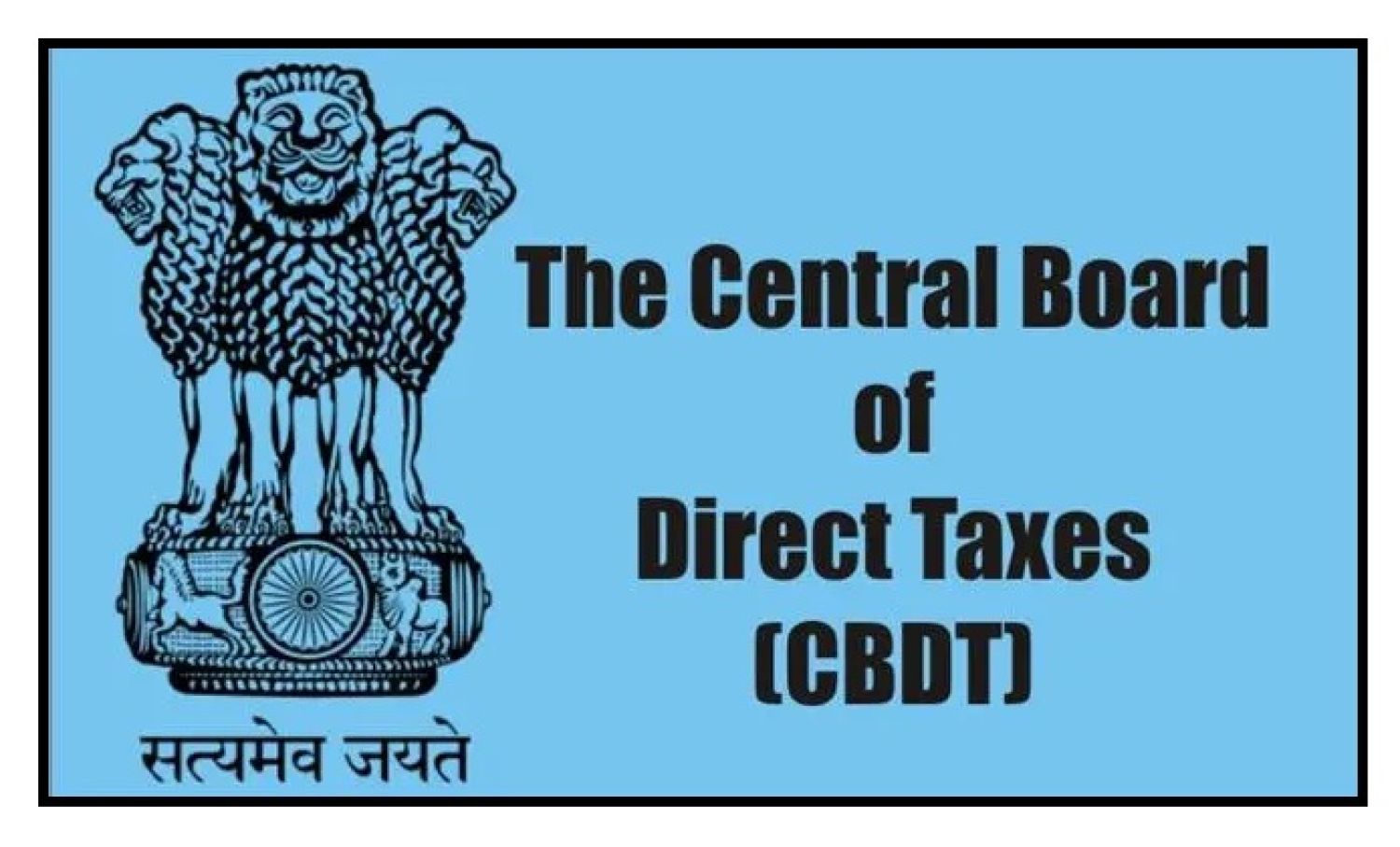@JUDGMENTTAG-ORDER
Shiv Dayal, J.
This is an application for review of our judgment in Civil First Appeal No. 2 of 1956. The sole question in that appeal was whether Damodar had been adopted by Bhika Bhutt so that Ganpati was the nearest heir of Govind Bhutt in respect of whose estate the present litigation arose. In one of the grounds on which we decided the question in the affirmative, we made a mention of a ''Kursinama'' (genealogical table) Exh. P-2. It is contended by Shri Sahasrabudhe that Exh. P-2 was not a part of Exh. P-4 inasmuch as they are discrepant. In the genealogy reproduced in the judgment Exh. P-4 the ambiguity has been pointed out to us. The words ''God Gaya'' are written below the name of Vasudeo and by the side of the name of Damodar. The question is whether these words were used in respect of Vasudeo or Damodar. In Exh. P-2 there is no such ambiguity; it is quite clear from that genealogy that Vasudeo did not go in adoption, but it was Damodar who went in adoption. At any rate, we relied on Exh. P-2, which is an ancient document of the year 1004. Furthermore, this was not the only ground for reaching our conclusion. The first contention of the petitioner must, therefore, be rejected.
Another ground for review is that the petitioner has been able to discover certain fresh documents. Shri Sahasrabudhe has categorised them as:
(1) Certain letters where Damodar''s father''s name is written as Som Nath;
(2) An agreement between Govind Bhutt and Damodar dated 24-3-1911;
(3) An application to the Muntazim Jagirdaran by Govind Shahstri dated 6th February 1939;
(4) A letter from Baghunathrao to Vasudeo dated 29-8-1906; and
(5) Certain moneyorder receipts.
An affidavit has been filed by the petitioner stating that the new evidence was not within his knowledge and could not be produced after the exercise of due diligence at the time the decree was passed. The statement is anomalous. If the new evidence was not within the petitioner''s knowledge, what due diligence did he exercise ? Then it is stated that the application dated 6-2-1939 was not in the petitioner''s knowledge, but he ''was only informed about it by persons who came to know of the decision of the appeal''. This statement is too vague to be considered. The names of ''the persons have not been disclosed. No date is mentioned. Likewise it is stated by the petitioner that the letters of Mukund Bhutt and the agreement aforementioned were found by him while making search in the old bundles with the annual receipts already referred to in the case, but not put in the file''. Here again no date is mentioned when the search was made, nor has it been shown why a fresh search was made after our judgment. It is not disclosed by the petitioner how and when he came to know of the said letters and the agreement and whether he had made a search for them when the trial was in progress.
In order that an application for review may be granted on account of the discovery of new and important matter three things must be shown :
That there was no remissness on the part of the applicant;
That the new evidence must be such as is presumably to be believed; and
That such evidence would practically be conclusive.
Those are the limitations with which the rule haw been fenced. Greatest care ought to be exercised by the Court in granting a review on the discovery of fresh evidence. It is easy for a loosing party to see what the weak part of his case was and the temptation to lay and procure evidence which will strengthen that weak part and put a different complexion upon it, is naturally strong. The Court must be cautious about it.
In this case, as discussed above, the first condition that there was no remissness on the petitioner''s part in adducing all possible evidence at the trial is not satisfied.
The application for review is, therefore, dismissed with costs. Counsel''s fee Rs. 25 (twenty-five).
A.H. Khan, J.
I agree.

